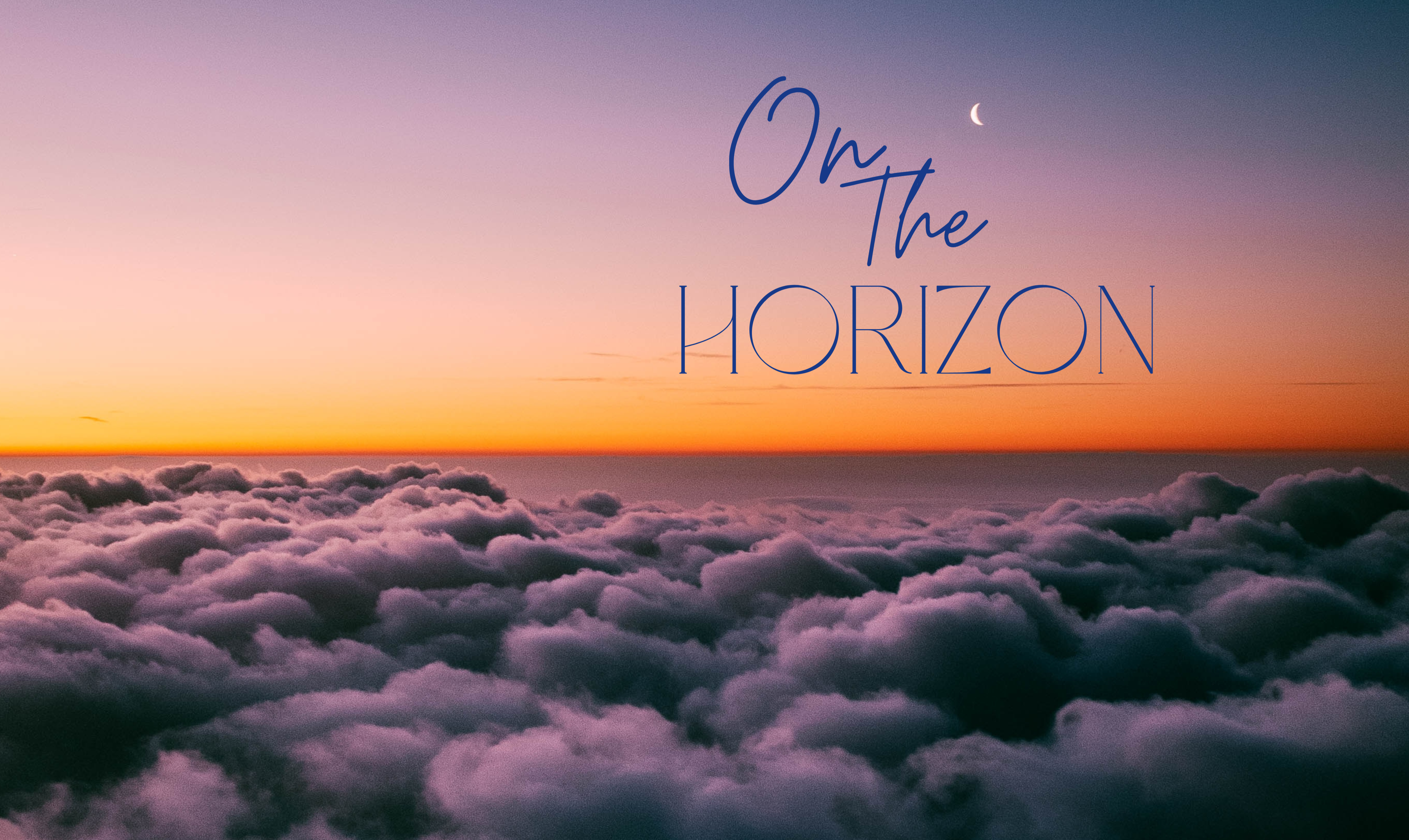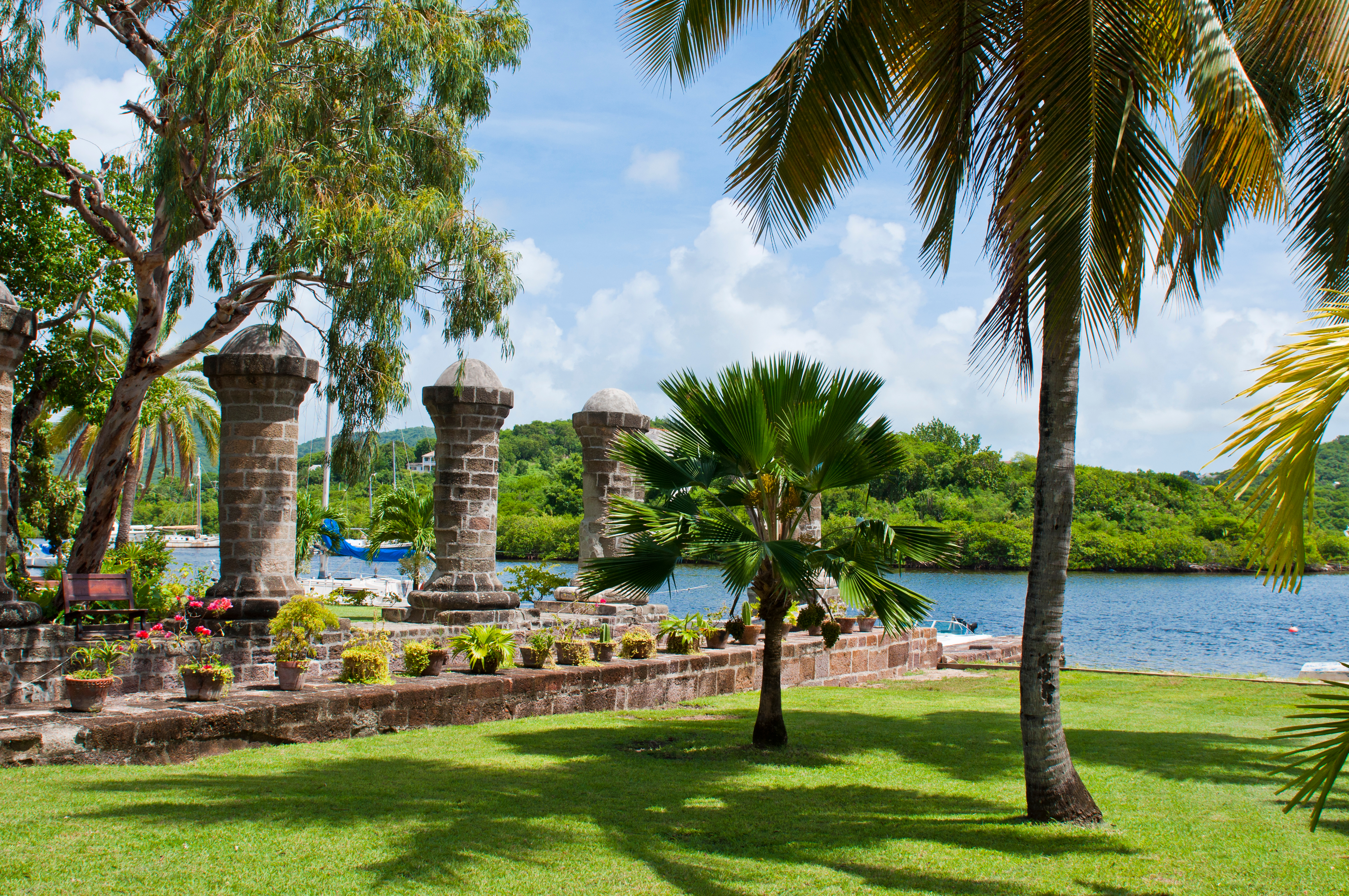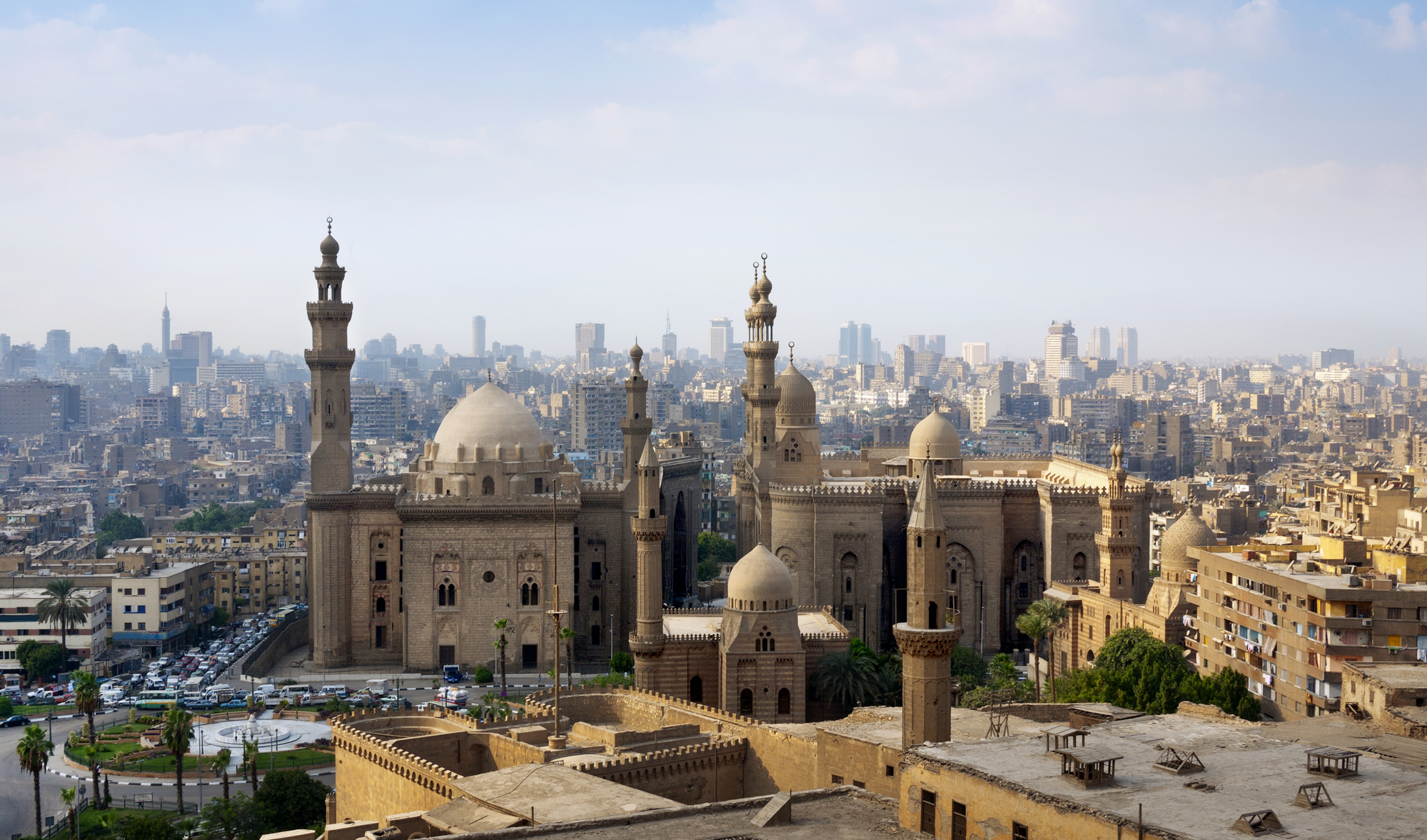Day 1 - Tuesday, February 18: Toronto to Madrid
Late-morning arrival at Madrid Airport. A private coach will be waiting to take on an introductory panoramic tour of the Spanish capital, with sights such as the bullring, Retiro Park, the monumental Alcala Gate, Cybele Fountain and Square, Bernabeu Stadium (home of the world-famous soccer team, Real Madrid), Columbus Square with the monument to the discovery of the America.
Day 2 - Wednesday, February 19: Arrival in Madrid
Late-morning arrival at Madrid Airport. A private coach will be waiting to take on an introductory panoramic tour of the Spanish capital, with sights such as the bullring, Retiro Park, the monumental Alcala Gate, Cybele Fountain and Square, Bernabeu Stadium (home of the world-famous soccer team, Real Madrid), Columbus Square with the monument to the discovery of the America.
Around noon we check into a fine first-class/four-star hotel, the Catalonia Gran Via (https://www.cataloniahotels.com/en/hotel/catalonia-gran-via). Our hotel occupies a renovated building of the early 20th century and is very centrally located on the Gran Via Boulevard, lined with shops, hotels and restaurants, movie theatres, tall office buildings, etc. and reminiscent of the “Grands Boulevards” of Paris.
Check in, and free time to settle in and get some rest after your overnight flight. In late afternoon, leisurely walking tour along the Gran Via to famous Plaza de Espana, surrounded by the city’s first skyscrapers, built in the 1950s, and featuring a monument to one of Spain’s greatest writers, Cervantes, his hero, Don Quijote, and the latter’s sidekick, Sancho Panza; his lady friend, Dulcinea, is honoured with a separate statue. Welcome drink (Sangria, anyone?) and first group dinner in our hotel.
Day 3 - Thursday, February 20: Madrid's historical centre
After breakfast, walking tour of Madrid’s historical centre, with monuments and sights such as the magnificent Royal Palace, Alundena Cathedral, Plaza Oriente, he Royal Theatre, Plaza de la Villa with the old city hall and some medieval and Renaissance buildings, the baroque Church of San Miguel, the adjoining San Miguel Market, We finish at the city’s main square and focus of social life, delightful Plaza Mayor. You may want to stay here for a lunch of tapas in one of the many bars and taverns. Afternoon at leisure. This evening, before our dinner in a typical restaurant, you are invited to attend the first of a number of lectures on the history of Spain.
Day 4 - Friday, February 21: The Prado
Morning in the Prado, “widely considered to be one of the world's finest collections of European art, based on the former Spanish Royal Collection, and the single best collection of Spanish art; it is one of the most visited sites in the world, and it is considered one of the greatest art museums in the world” (Wikipedia), We will start with a guided tour, focusing on the most famous works of the great Spanish masters, such as Velázquez, Goya, and El Greco, and afterwards you can stay as long as you want to enjoy the many other treasures of the permanent collection. (For more on the Prado, see https://en.wikipedia.org/wiki/Museo_del_Prado.) To return to the hotel on your own, we recommend walking via Plaza de la Puerta del Sol. In the middle of this large and busy square, King Carlos III on his high horse looks up at the imposing Casa de Correos (Post Office) and down on Spain’s the “kilometer 0” plaque on the pavement; the square also features the statue of The Bear and the Strawberry Tree, symbol of the city since the Middle Ages. From here it is a short walk via Preciados, one of the most famous shopping streets of the capital, to the Gran Vía and our hotel.
Day 5 - Saturday, February 22: To El Escorial
: Morning excursion to El Escorial, a UNESCO World Heritage Site described as a huge 16th-century monastery built on an exceptionally beautiful site in an austere architectural style, where Kind Philip II of Spain, then the most powerful monarch in Europe, retreated to spend the last years of his reign (http://whc.unesco.org/en/list/318). Return to Madrid via the scenic route: we cross the capital’s Moncloa District, continue along the banks of the Manzaneres River, cross the Parque del Oeste (Park of the West) with the Egyptian Temple of Debod, and visit the Royal Chapel of San Antonio de la Florida with its magnificent frescoes created by Goya, who is buried here (https://www.esmadrid.com/en/tourist-information/ermita-de-san-antonio-de-la-florida).
Day 6 - Sunday, February 23: Madrid's Museums
This morning we visit the Queen Sofia National Art Museum (https://www.museoreinasofia.es/en), Spain's national museum of 20th-century art, with creations by the likes of Dali, Miro, Chillida, Gris, and Tàpies; international artists represented here include Braque, Calder, Ernst, Kandinsky, Klee, Fernand Léger, and Magritte. But the absolute highlight is of course Picasso’s masterpiece, ‘Guernica’. Afterwards you should cross the street and visit Madrid’s historic Atocha Railway station, which features a stunning covered tropical botanical garden (http://www.madridtourist.info/atocha_station.html). And on the way back to the hotel you may want to check out the city’s famous El Rastro flea market, located on and near Plaza de Cascorro (http://www.madridtourist.info/rastro_market.html). Rest of the day at leisure. Please note that this weekend a few interesting options may be available, e.g. a Flamenco show (with or without dinner), a classical music concert, and/or a home game of Real Madrid or Atletico Madrid, the city’s two soccer teams that are ranked among the world’s very best.
Day 7 - Monday, February 24: Excursion to Toledo
Full-day excursion to Toledo, one of the most beautiful and historically important cities in Spain, a UNESCO heritage site. Toledo was founded by the Romans, and during the Middle Ages it was a centre of Muslim, Jewish, and Christian learning. Toledo was widely expected to become the capital of Spain, but King Philip II surprisingly opted for Madrid! Upon arrival, we first tour the city’s spectacular site, high on a hill overlooking a scenic meander of the Tagus River, then enjoy a leisurely walking tour of the historical city centre, with sights such as the fabulous Cathedral, the Church of San Tomé with El Greco’s famous painting, ‘The Burial of the Count of Orgaz’, and the former synagogues of Transito and Santa Maria la Blanca. Return to Madrid in late afternoon. This evening, dinner in the restaurant of our hotel.
Day 8 - Tuesday, February 25: Archaelogical Museum
After breakfast, we head for the fabulous Archaeological Museum, bursting with treasures ranging from the Stone Ages (including a replica of the Altamira Cave), the ancient Iberian civilization (above all the bust of the “Lady of Elche”), and statues, mosaics, jewels, glassware, musical instruments, furniture, and all sorts of other artefacts associated with the Phoenicians, Greeks, Romans, Visigoths and Muslims who all left their mark on the history of the country. Afterwards you may to stay in the area, the very upscale Salamanca District, famous for its fine shops and excellent restaurants, and/or take a stroll in the nearby Retiro Park.
Day 9 - Wednesday, February 26: Madrid's Golden Triangle
This morning we head for the third museum of the trio that is described as Madrid’s “Golden Triangle of Art,” the Thyssen-Bornemisza Art Gallery. Wikipedia describes it as the perfect complement to the collections of the Prado and the Queen Sofia, with masterpieces by ancient and modern artists such as Van Eyck Dürer, Caravaggio, Rubens, Rembrandt, Monet, Renoir, Degas, Van Gogh, and Picasso (https://www.museothyssen.org/en).
Day 10 - Thursday, February 27: Day at Leisure
Your last day in Madrid is entirely at leisure, except for this evening’s final group dinner in a typical restaurant.
Day 11 - Friday, February 28: Flight to Toronto
After breakfast, transfer to Madrid Airport and non-stop return flight to Toronto with Air Canada, departing around noon and arriving in mid-afternoon.







